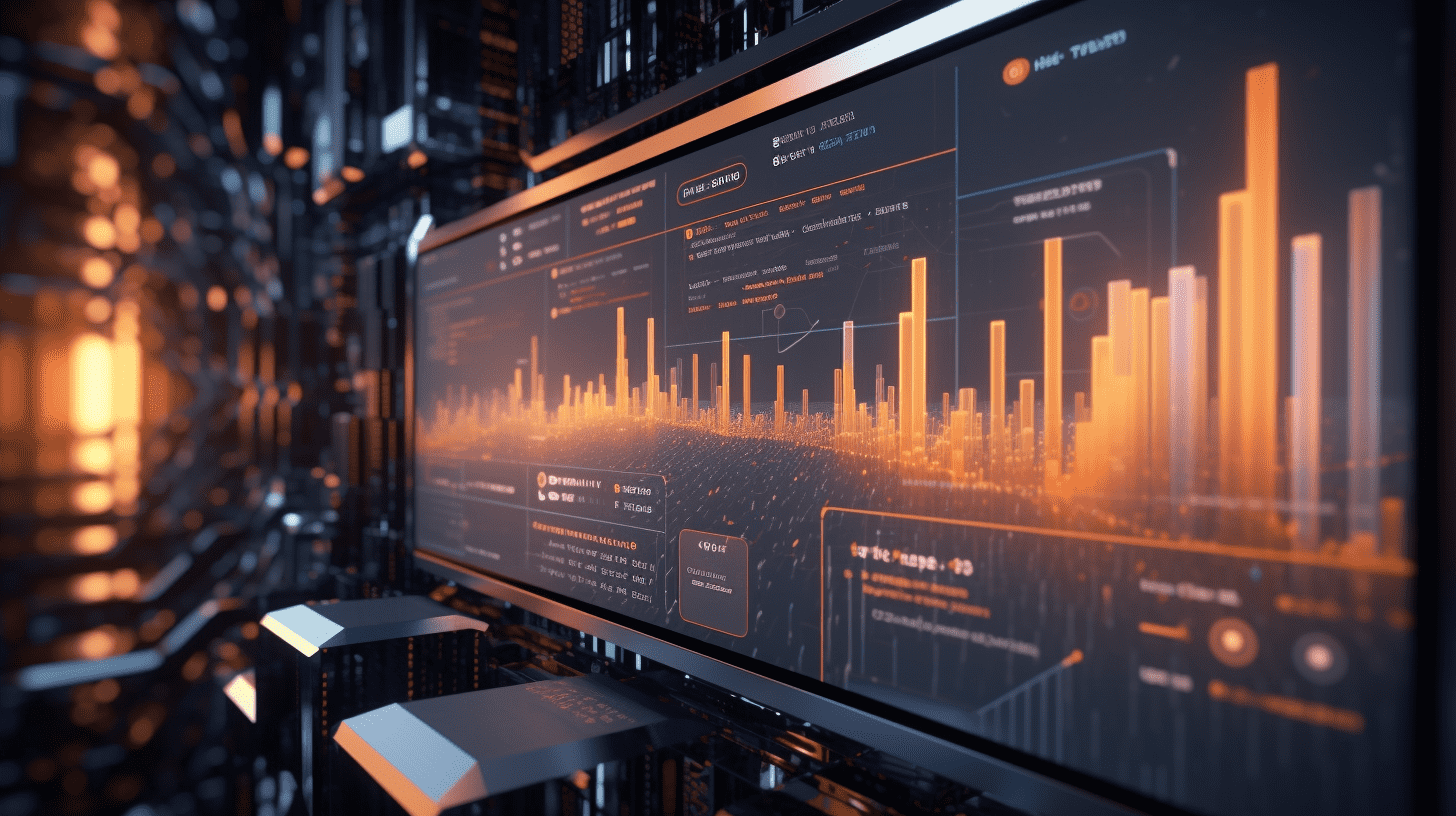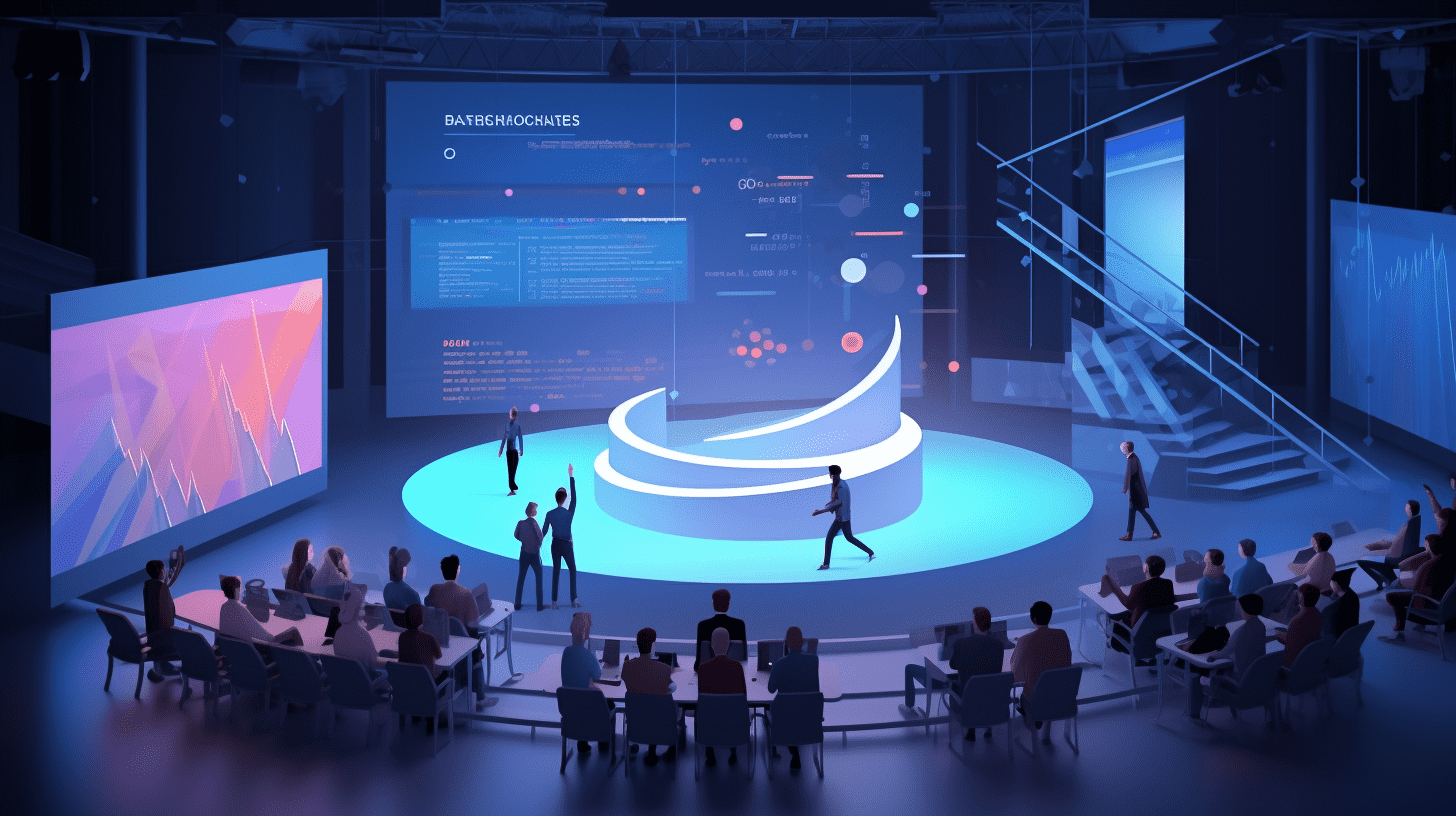CITIC SEC: Edge AI Acceleration Lands Storage Vendors Welcome Opportunities
Smart glasses are the highlight of this CES, and they are currently in the early stages of development, with potential for significant future growth. The external storage unit in AI glasses is the second largest cost item and a key benefactor in the industry chain, coupled with the concentrated SoC platform structure.
CITIC SEC released a research report stating that with the rapid improvement in understanding and interaction capabilities of large-scale models + rapid decrease in external API call costs, AI end-side development is flourishing. It is expected that domestic storage manufacturers will have a competitive advantage in medium and small capacity, and are expected to benefit greatly from the innovation of products and the release of demand driven by the landing of AI on the consumer electronics end-side (product structure upgrade and shipment volume increase). Based on the CES exhibition, it is recommended to focus on smart glasses products that bring incremental demand; in addition, pay attention to AI headphones that bring upgrade demand, as well as other end-side AI products that have diversified storage demands.
CITIC SEC's main points are as follows:
Smart glasses products are flourishing, optimistic about the growth of AI glasses from 1 to 10 by 2025, with a large long-term potential.
In this CES, a total of 312 companies in the AR/VR/XR sector participated (with Chinese manufacturers accounting for 83 companies, accounting for 27%), with 38 companies showcasing terminal glasses products (nearly 10 companies showcasing AI glasses products; nearly 20 companies showcasing AR glasses products).
Compared to CES 2024, the biggest difference is that more companies have chosen to showcase Ray-Ban Meta-like AI glasses (and the participating companies are mainly small and medium-sized companies); in the medium to long term, there is strong optimism about the combination of AI and smart glasses/AR in the future, which may lead to the development of smart voice glasses, AI smart glasses, and AI+AR/MR glasses.
Against the background of entry of mobile phone manufacturers + active participation of second and third-tier brands and white-label manufacturers, 2025 is seen as a key year for AI glasses to grow from 1 to 10. In terms of the total industry volume, it is estimated that the global shipment volume will be around 30/100 million pairs in 2024/25 (with Ray-Ban META still leading), and it is expected to reach 20-30 million pairs in 2026.
AI glasses represent incremental demand, and storage is the second largest cost item for AI glasses, which domestic manufacturers are expected to benefit greatly from.
In terms of storage configuration solutions: In the short term, AI smart glasses are mainstream: currently, AI glasses' storage chips mainly consist of 2 parts, 1) embedded: integrating a NOR Flash into the SoC, similar to the way AI headphones are equipped with SoC; 2) external: adopting an eMCP or ePoP solution, such as using a 2GB LPDDR4+32GB eMMC in Ray-Ban Meta; and the choice of storage supplier is closely related to the SoC manufacturer, is expected to supply multiple brand customers following the SoC manufacturer, and the pattern is expected to show a high concentration.
SoC embedded NOR Flash is mainly used to store the system firmware of AI glasses, as well as the drivers for hardware components such as the Bluetooth module, and can store visual processing algorithms and language interaction models. With the increasing complexity of models, storage capacity upgrades compared to AI headphones are limited by the cost-effectiveness of NOR storage density. The capacity increase has a ceiling, and higher-level model algorithms, applications, and user data will be stored in external eMCP or ePoP, with the future capacity and ASP expected to increase. Looking ahead, cost reduction towards AI+AR/MR glasses, adding display screens will increase the need for NOR Flash. Positive about the incremental demand for storage from AI glasses.
In terms of value proportion: taking Ray-Ban Meta as an example, according to Wellsenn XR WeChat public account, its comprehensive hardware cost is $164, with the main components on the main board, SoC, storage, WiFi chip, power management chip, audio chip, MCU, RF, PCB costing $55/11.5/1.2/3.4/0.6/3.5/2/6 respectively. Among them, Biwin Storage Technology ePoP is used in Ray-Ban Meta smart glasses, with storage costs accounting for 7% of the hardware cost, second only to SoC as the second largest cost item, and is a core beneficiary of the volume of AI glasses.
The AI headphone market is large, with a fast start pace, bringing about upgrades in storage demand.
AI headphones have the fastest start pace, mainly because the existing market is large enough (according to Canalys and estimates, the global annual shipment volume of TWS earphones brand is about 300 million pairs, and white-label brands are about tens of billions of pairs), and the implementation of AI is relatively easy (requiring only audio interaction, low cost).
Against the background of AI function upgrades, the trend of NOR capacity upgrades in TWS headphones is clear, from 32/64Mb to 128/256Mb, with a significant increase in ASP (average price roughly about 3-4 times higher), and some AI headphones may increase the number of NOR Flash chips. Optimistic about domestic niche storage design companies benefiting from industry upgrade demand.
Others: Constant innovation in end-side AI products is expected to drive storage demand.
AI PC, smart home, Siasun Robot & Automation sectors, which were highly popular at the CES exhibition, all have extensive demand for storage chips; in addition, AI toy implementation is relatively easy to bring to market, promising faster market entry. Optimistic about the diverse demands brought about by end-side AI innovation for NOR Flash/niche DRAM/SLC NAND storage products, domestic storage manufacturers will embrace industry opportunities.
Investment strategy: The flourishing of end-side AI development, accelerated landing is expected
AI headphones have a faster start pace, with a clear trend of increasing storage chip capacity; smart home, Siasun Robot & Automation, AI toy innovations and market entry pace are worth attention, domestic niche storage design companies deeply cooperating with AIoT customers, are expected to benefit from the increased storage capacity and ASP of AI headphones and AI glasses, and gain growth momentum. Smart glasses are the highlight of this CES, stepping into the stage from 1 to 10, with vast long-term potential, as the external storage for AI glasses is the second largest cost item, and is a core beneficiary of the industry chain, combined with a concentrated SoC platform structure.
Risk factors: Demand does not meet expectations, technical iteration lags expectations, market competition intensifies, etc.
Related Articles

Shenzhen Hello Tech Energy(301327.SZ): Strong performance hits record high, revenue and net profit both break through.

Johnson & Johnson's financial condition is stable, and Standard and Poor's has removed the downgrade warning.

HK Bull/Bear Outstanding Qty Ratio(52:48) | April 26th
Shenzhen Hello Tech Energy(301327.SZ): Strong performance hits record high, revenue and net profit both break through.

Johnson & Johnson's financial condition is stable, and Standard and Poor's has removed the downgrade warning.

HK Bull/Bear Outstanding Qty Ratio(52:48) | April 26th

RECOMMEND

Pan Gongsheng: Will implement a moderately loose monetary policy to promote high-quality development of the Chinese economy.
25/04/2025

Canadian Prime Minister Trudeau: No rush to reach agreement with Trump, US side eventually needs to face reality.
25/04/2025

Alphabet (GOOG.US, GOOGL.US) first quarter revenue and profits exceed expectations, driven by AI and cloud computing performance growth.
25/04/2025


